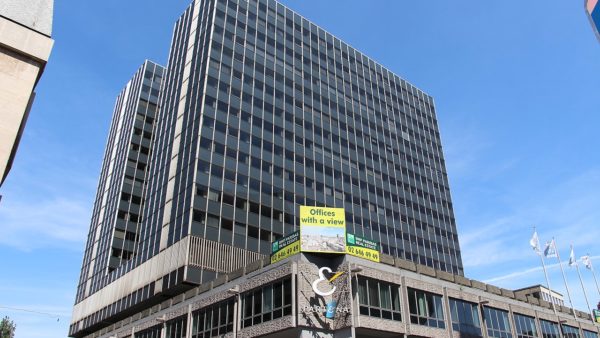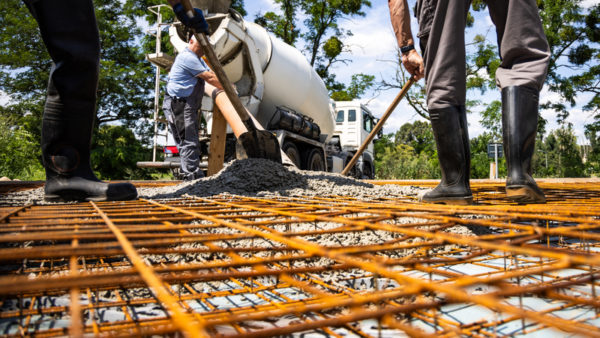The number of African projects financed by Chinese money doubled between 2015 and 2016, and China became the single largest investor in the continent, accounting for more than a third of the total amount, according to a study by accountant Ernst and Young.
The Connectivity Redefined study lists 66 Chinese investment projects in Africa, more than double the previous year.
Although this is less than the US, which has 91 schemes, and France, which has 81, the total value of China’s investment dwarfs that of other countries: $36.1bn, compared with $11bn from the member states of the European Union and $3.6bn from America and $3.1bn from Japan.
Altogether, the investment created 38,417 jobs, 30% of the total in the period.
Foreign direct investment (FDI) into Africa is focused on the most advanced areas of the continent’s economy: South Africa, Kenya, Nigeria, Egypt and Morocco, which together receive 58% of the money. The next most popular destinations are Côte d’Ivoire, Ghana and Tanzania.
The largest recipient of Chinese money is Egypt, which accounts for 25% of its African FDI. Here, China’s involvement is overwhelmingly in the construction and infrastructure sector, and it has plans to spend $15b on 15 electricity, infrastructure and transport projects. This would have been higher still if it had not in February pulled out of a $20bn plan to build a new capital city.
Construction and transport infrastructure sectors together accounted for 14.4% of all investment, the third best financed behind telecoms industrial sectors.
China’s recent involvement in these sectors has included the successful construction of the Addis Ababa-Djibouti railway, opened at the beginning of the year, and the expanded Doraleh multipurpose port, which was officially opened this week (pictured).
The first phase of another Chinese-financed megaproject, the Kenyan standard gauge railway is due to open in June. This high-speed link, built by China Road and Bridge Corporation, runs between Mombasa and Nairobi and will cut the travel time from 10 hours to four. Â
The report comments that the “One Belt, One Road” initiative may lay the foundations for the next phase of the Sino-African economic relationship, and “could prove to be advantageous for both sides, positioning Africa as an appropriate channel for China’s surplus savings and infrastructure capacity”.
Â
Image: The Doraleh container terminal in Djibouti (Panoramio)
Further Reading:










